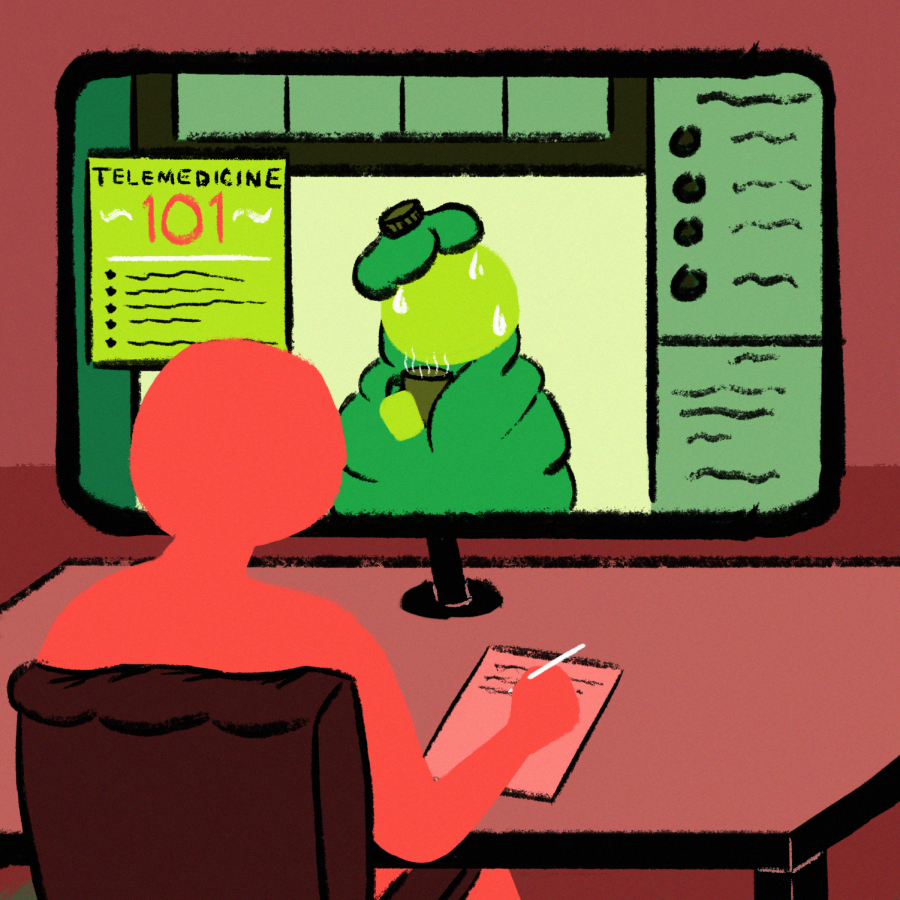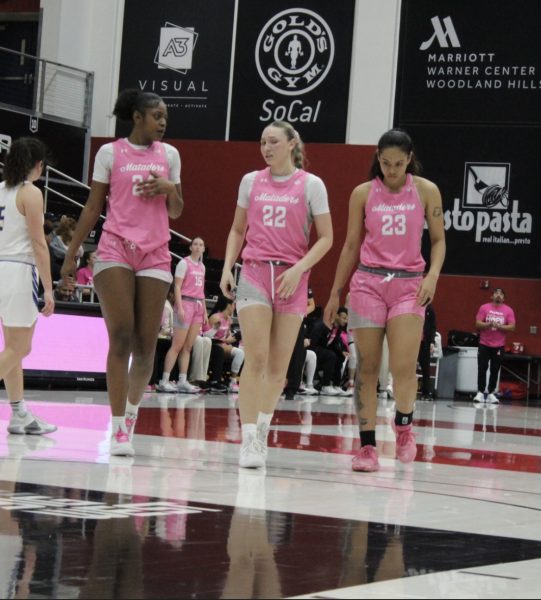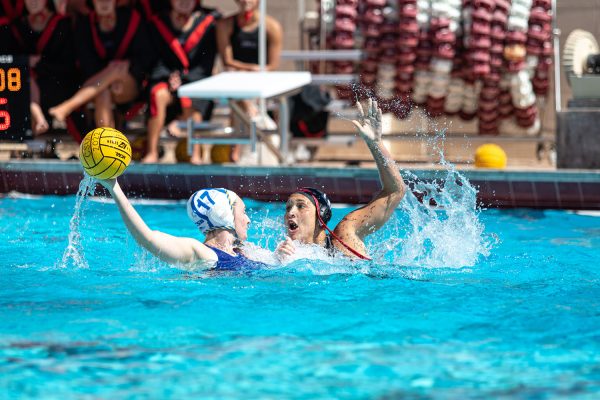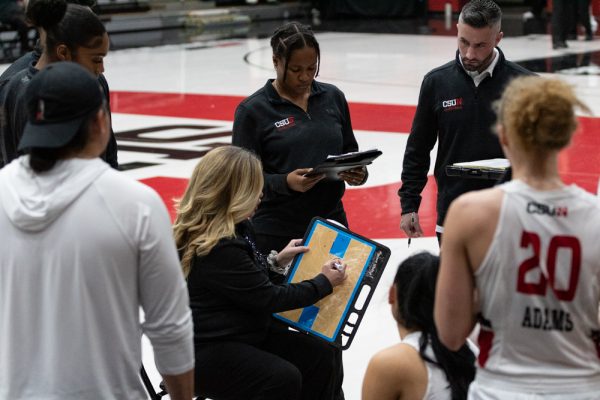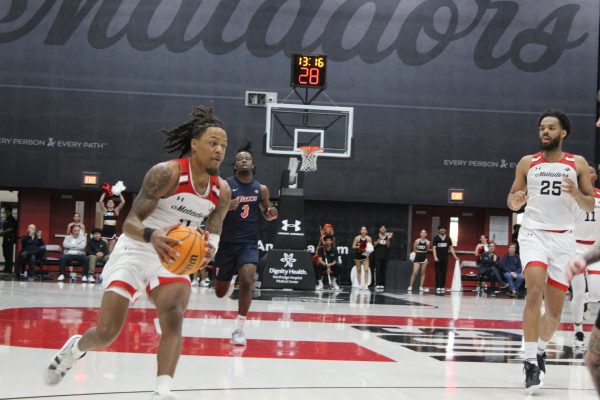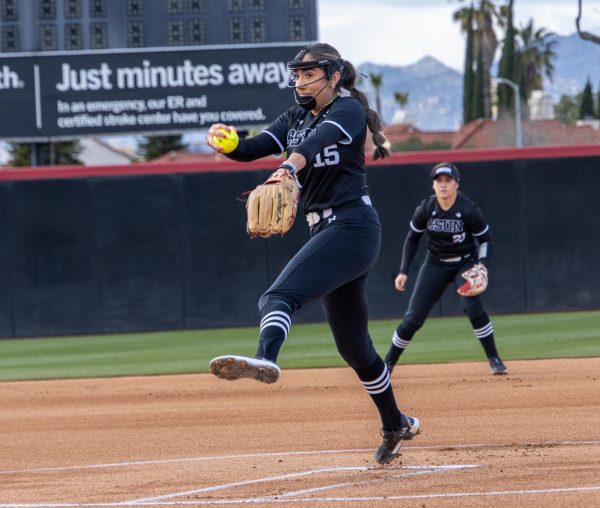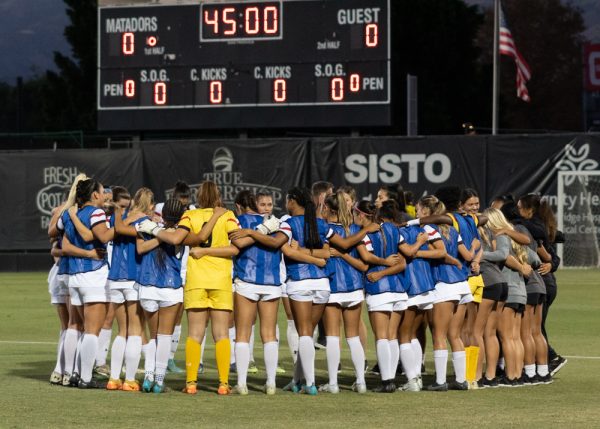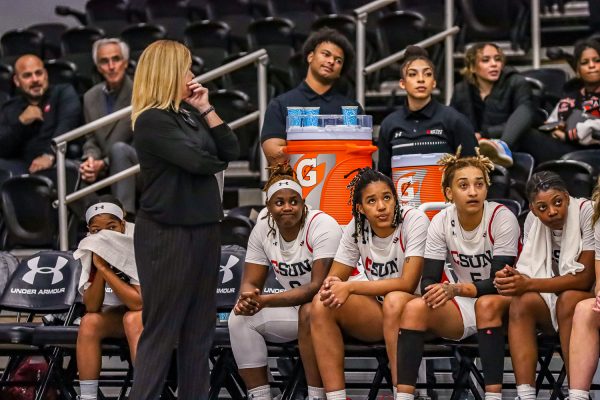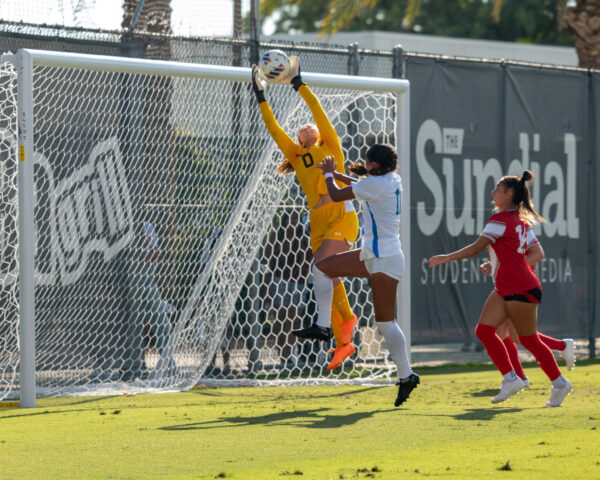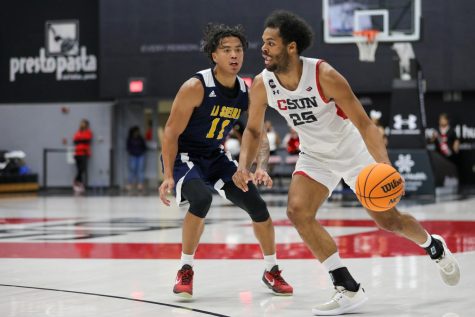Kinesiology department’s athletic training program uses virtual curriculum to their advantage
Illustration by Joelena Despard
CSUN’s kinesiology department’s athlete training program has adapted to virtual learning by preparing students for telemedicine, which is highly encouraged in order to prevent the spread of the COVID-19 virus.
September 20, 2020
With COVID-19 shutting down both CSUN fall sports and physical class meetings, the kinesiology department’s athletic training program has been put in a difficult spot. Not only does the program have to adapt and embrace virtual technology in such an unparalleled situation, it is also unable to send their students to clinical sites for valuable hands-on experience or to teach such a firsthand subject in a classroom setting.
“We’ve had to get super creative with doing our curriculum,” Elizabeth Parke, a CSUN Kinesiology assistant professor and clinical education coordinator, said. “We’ve had our students practice skills and techniques in quarantine with a family member or another person they are in quarantine with.”
Parke’s role as the clinical education coordinator is to help students gain hands-on experience with certified athletic trainers at clinics and colleges within the area. These experiences are crucial to supplementing what students are learning in the classroom in addition to the work experience. However, no students have been sent out to these clinical sites since the pandemic hit.
“It’s a very hands-on field. We evaluate injuries to bones, ligaments and tendons. 50-60% of the content is hands-on,” said Sean Rogers, another kinesiology assistant professor and member of the athletic department. “We needed to throw out the convention of teaching, adopting new technology and looking for new ways to adopt technology.”
Telemedicine, also known as telehealth, is the remote diagnosis and treatment of patients by means of telecommunications technology. While there are many mediums, telephone or video chat is where most of telemedicine is practiced.
While telehealth technology is not new, the use of it among healthcare providers beyond telephone use was not widespread. However, recent policy changes due to the COVID-19 pandemic have decreased barriers and encouraged the use of telemedicine to prevent risk among both patients and healthcare workers.
“Students have been interacting with patients during Zoom and diagnosing injuries,” Rogers said. “Past the pandemic, we’re showing them how telemedicine can help them past this. We can come out of the other end stronger.”
CSUN’s athletic training program has reached out to the athletic programs of other schools in the Big West Conference, such as Cal State Fullerton, Cal State Long Beach and the University of Hawai‘i, in order to learn more about how they have been handling teaching during the pandemic. In addition, the collaboration has helped guide the faculty as they prepare for the inaugural year of the Master of Science in athletic training program at CSUN. Approved in March, the program is set to begin in May 2021.
The pandemic has brought about challenges, but the athletic training department is using this opportunity to improve and progress their program technologically.
“The athletic training program will forever be better because of this,” Parke said. “Collaborating with other athletic programs and using these resources that we are able to tap into because of COVID.”
